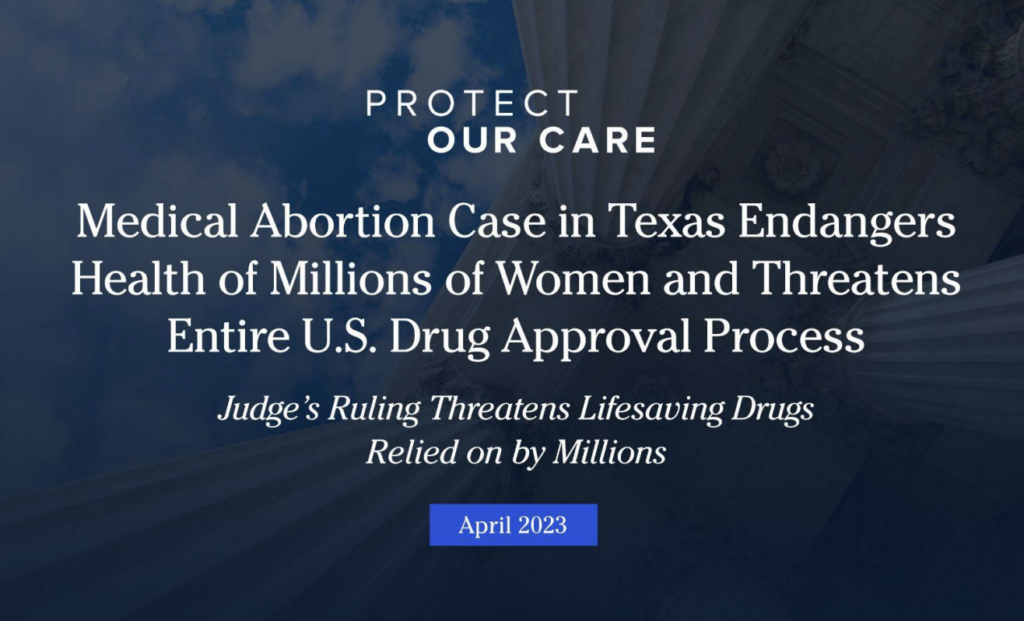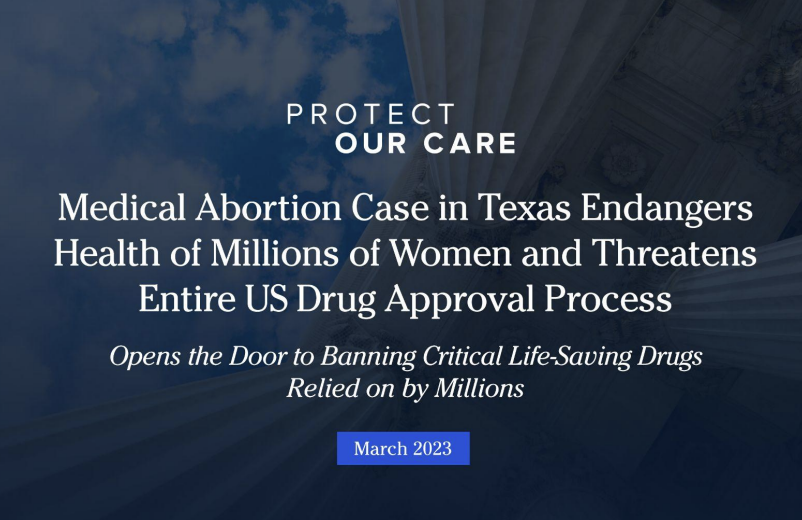This April marks the fifth annual Medicaid Awareness Month. Medicaid is a vital source of care for people with disabilities across the country, over 10 million people with disabilities rely on Medicaid for access to health care. Up to 1 in 4 Americans have some type of disability. The Medicaid program also provides half of all long-term care in the United States, which includes essential home- and community-based services for people with disabilities. Protecting access to Medicaid is essential to ensuring people with disabilities continue to get the care they need.
President Biden took bold steps to strengthen the Medicaid program by signing the American Rescue Plan into law. Importantly, the American Rescue Plan provided additional financial incentives for states that had not yet implemented Medicaid expansion. Since the signage of the ARP, four previous holdout states, Missouri, Oklahoma, South Dakota, and North Carolina have adopted Medicaid. These measures will have profound impacts on Americans with disabilities for years to come. Expanding access to health care is particularly important as millions of Americans have contracted the COVID-19, with some “long haulers” facing the possibility of lifelong disabilities.
By The Numbers
- Up To 1 In 4 U.S. Adults Have A Disability. 26 percent of Americans have a disability in the U.S. Thanks to the ACA, insurance companies can no longer deny them coverage, drop their coverage for no reason, or charge them more because of a pre-existing condition.
- Over 10 Million Medicaid Enrollees Under 65 Depend On Medicaid For Care. More than 10 million people under age 65 enrolled in Medicaid live with at least one disability.
- Nearly 45 Percent Of Adults With Disabilities Have Medicaid Coverage. Medicaid covers 45 percent of nonelderly adults with disabilities, including adults with physical disabilities, developmental disabilities, brain injuries, and mental illness.
- Medicaid Covers Half Of All Long Term Care. The Medicaid program provides half of all long-term care in the United States, which includes essential home- and community-based services for people with disabilities.
In 2010, the ACA opened the door for states to expand Medicaid, and the results are piling in: Medicaid expansion works. In addition to providing coverage for over 20 million people, expansion has resulted in healthier people, communities, and economies.
Study after study shows that Medicaid expansion increases access to care, improves financial security, and leads to better health outcomes. The program has increased access to lifesaving cancer screenings, improved infant and maternal health, and increased access to substance use treatment — and the list goes on.
People With Disabilities Rely On Medicaid Expansion For Coverage. More than six in 10 nonelderly Medicaid adults with disabilities do not receive SSI, meaning that they qualify for Medicaid on another basis such as low-income or as parents in non-expansion states.
Medicaid Expansion Helps Adults Gain Access To Care Without Having To Wait On A Disability Determination. Medicaid expansion helps adults with disabilities gain quicker access to coverage without waiting for a disability determination, which can take years. The ACA Medicaid expansion has allowed people who previously weren’t eligible for coverage, and would otherwise be uninsured, gain coverage. Many uninsured individuals with pre-existing conditions who would have not qualified for Social Security Disability Insurance yet, can now be covered under the ACA.
Medicaid Expansion Reduces Out-Of-Pocket Health Care Spending, Which Is Especially Important For People With Disabilities Who Often Have Limited Incomes. The average out-of-pocket spending decreased in states that expanded Medicaid. A majority, or nearly 85 percent, of adults with disabilities who have Medicaid coverage earn annual incomes of less than 200 percent of the FPL, $12,060 for an individual, making access to affordable health care even more essential. In 2022, CMS adopted rules to lower maximum out-of-pocket costs by $400.
Medicaid Helps People With Disabilities Receive Comprehensive, Consistent Care. Medicaid beneficiaries with disabilities comprised 95 percent of the fees for service of long-term care services, while making up less than 25 percent of people who are enrolled in the program.
Medicaid Covers A Broad Range Of Preventive And Medical Services. Thanks to Medicaid, nonelderly adults with disabilities have access to regular preventive care and treatment for chronic illnesses and conditions. States are now required to provide a minimum amount of services for adults, such as hospital stays, physician, lab, and x-ray services, and nursing home care.
Medicaid Provides Half Of Long-Term Care In U.S. Medicaid provides half the nation’s long-term care. Medicaid providers and consumers have worked to broaden access to care in home- and community-based settings, where many seniors and people with disabilities would prefer to live.
Medicaid Is One Of The Most Effective Anti-Poverty Programs, Particularly For People With Disabilities. Medicaid reduces by limiting out-of-pocket spending and expanding state-level Medicaid programs. The poverty-reducing effects were greatest for adults with disabilities, the elderly children, and racial/ethnic minorities.
Medicaid Expansion Increased Employment For People With Disabilities. Individuals with disabilities living in Medicaid expansion states are more likely to be employed than are those living in non-expansion states. They are able to access and maintain Medicaid coverage while earning at levels that previously would have made them ineligible. For people with disabilities in non-expansion states, the existing population health disparities may widen.




